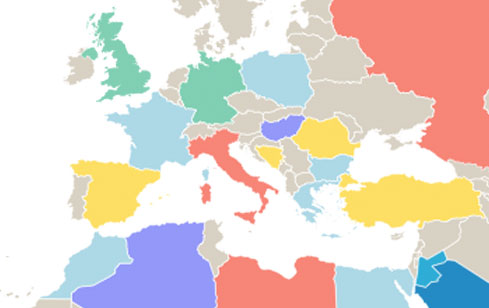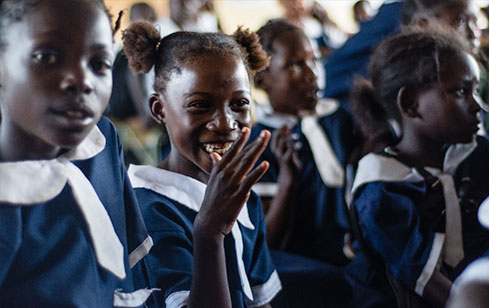Welcome the Inclusion Counts tool, a Disability Data Tracker designed for Organisations of Persons with Disabilities (OPDs) and their allies to advocate for the rights of persons with disabilities within the global development framework known as the Sustainable Development Goals (SDGs), in line with the CRPD.
Organisations of Persons with Disabilities (OPDs) can use the Inclusion Counts: Disability Data Tracker to collect and analyse the data to assess the extent to which the national legal and policy framework is in compliance with Articles 27 (Employment) and 28 (Adequate Standard of Living and Social Protection) of the UN Convention on the Rights of Persons with Disabilities.
This tool helps to strengthen the collective voice of OPDs to hold governments accountable for their commitments and shape the policies, development plans and budgets of future generations to ensure all persons with disabilities, including the most under-represented, have equal access to resources, education, and training, and have the accommodations needed to access an adequate standard of living and social protection on an equal basis with others.
Disability inclusion tracker results
This data has been collected by Disabled People’s Organisations (DPOs) as part of the Innovation to Inclusion (i2i) programme. It is a citizen-generated data source which is intended to complement official data sources.
Aims & purpose of the Monitoring Tool
Data is an essential tool to advocate for change. At Leonard Cheshire, we know that inconsistent and poor-quality data hampers the progress of development efforts to improve the lives of people with disabilities. That is why in 2018 we created our ‘Disability Data Portal’ . Our portal leads the way in collecting high-quality data to reflect the realities of people with disabilities across the world, and to inform future policy and development reforms.
Our data collection methodology
Looking at each line of the matrix, you can assess where your country is progressing in the implementation of CRPD Article 28. For example, you will be able to assess: Is your country at the initiating phase or are changes more established? Perhaps in some areas your country is championing changes towards the realisation of the rights enshrined in Article 28, whereas in other areas it may have a bit further to go.


